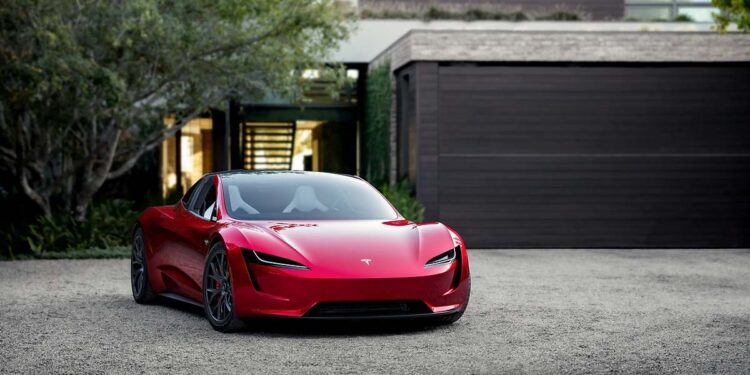Tesla is going to lay off 10% of its workforce, as confirmed by Bloomberg, which has gained access to an internal email sent to employees. The news comes at a time of great uncertainty surrounding the company’s strategy, as it is unknown whether the firm will continue with its plans to produce a cheap electric car or if it will cancel that model in favor of the robotaxi, its proposal for an autonomous vehicle. Additionally, the slowdown in electric car demand is also impacting Elon Musk’s company, which has lost almost a third of its market value this year and has dropped out of the top ten largest companies in the United States.
The layoffs will affect around 14,050 people from the manufacturer’s global workforce, 10% of the 140,473 employees that Tesla has worldwide, according to its figures as of the end of 2023. Although Tesla will report its first-quarter results next week (April 23), the company has already released its sales figures from January to March. It has delivered 378,000 cars in the first quarter of this year, an 8.3% decrease year-on-year, according to its accounts. Despite being the top seller among its competitors and surpassing the Chinese company BYD, the quarterly decline is the first in four years. Furthermore, the layoffs could be confirmed with next week’s presentation.
In addition to this data, which confirms a slowdown in electric vehicle demand, the uncertainty about Tesla’s strategy is increasing. Earlier this month, Reuters reported exclusively that Musk was canceling his plans for the Model 2, the brand’s economical electric car model priced below 25,000 euros. Although the company’s CEO denied this, doubts have not been dispelled. The end of the low-cost car should be due to the company’s focus on the robotaxi, the driverless car version.
“A shift in strategy towards the robotaxi is extremely risky,” state analysts from Wells Fargo in a recent report. They explain that the software that would make driverless trips possible is a decade away from development, so Tesla’s plans would be very long-term and it would take years before the first results materialize. However, it was expected that a Model 2 would reach 700,000 deliveries by 2027, a much more sensible bet according to the same analysis.
The strategists at Deutsche Bank also believe that there needs to be more clarity about Tesla’s plans. Although its focus on the robotaxi implies confidence in its software, the suspension of the Model 2 changes the entire investment thesis and raises concerns about its risk profile and execution.
Furthermore, the weakening demand for electric vehicles and the increasing competition from Chinese manufacturers offering very attractive priced models are also areas of focus in the industry.
All of this is reflected in Tesla’s stock price, which has lost nearly a third of its value so far this year. Its shares have dropped by 31.1% in this period, according to its latest closing price of $171. Before the opening of Wall Street, it is down by 1.4%. Musk has not confirmed anything, even though he often turns to X to make official announcements.
Almost two years ago, in the summer of 2022, the company’s founder announced a round of 10,000 layoffs due to a negative macroeconomic outlook. Musk then said he expected the economy to significantly worsen, which would weaken demand. That announcement caused Tesla’s stock to fall by 8%.


